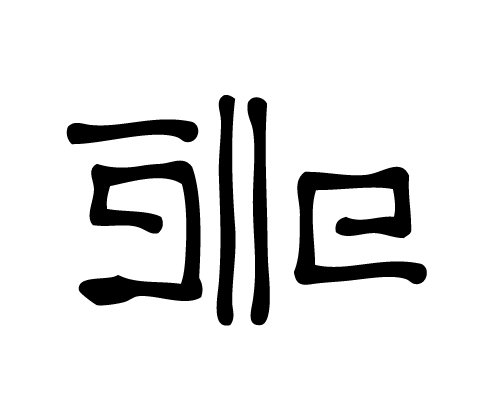Papirshnit - Jewish Papercut Arts
Papercut arts have been used as a traditional art form found in many countries and cultures around the world. Papirshnit, the Yiddish word for papercut, is a traditional Jewish folk art with roots in both Sephardic and Ashkenazi folk culture. But what makes a Papirshnit Jewish? Based on how one reads a Jewish papercut, one gains an appreciation and understanding of the lexicon of Jewish symbols used within the piece. Here is a list of different types of Papirshnit and how they are used within Jewish holidays and life cycles:
Mizrakh - meaning East, hangs on an eastern wall (facing Jerusalem)
Shviti - hangs on the wall and refers to Psalms 16:8
Royzelakh - meaning roses, are made for the Jewish holiday of Shavuot/Shvues
Simkhas Torah Flags
Ketubahs - Jewish marriage contract
Yortzayt - a memorial for the anniversary of a death
The practice of Papirshnit began disappearing in the first half of the twentieth century, partially because of assimilation trends. It was practiced only by the elderly who remembered this folk art from their youth. Many Papirshnit collections that had been preserved were destroyed during the Holocaust. Tsirl Waletzky (z”l) was one of a handful of artists who helped with its revival in the 1980’s and my father, Adam Whiteman, had the honor of learning the art form from her. He went onto find his own style and created many works. He is most known for his collection of Papirshnit to illustrate the Yiddish children’s songs on the album Di Grine Katshke. When I turned 7 years old he taught me how to cut with the X-acto knife. By the time I was 12 going to weekly bar and bat mitzvahs, he and I would sit in synagogue sanctuaries analyzing the Jewish images on the ark, stained glass windows, and the textiles on the Torahs. I’ve been creating ever since.
In the past I have run workshops for synagogue groups and cultural retreats. In these workshops we’ve focused on traditional Jewish papercuts, as well as contemporary pieces which were created since it's revival in the 1980's. Students will also learn basic techniques in design, layout, cutting and displaying. After a few exercises each participant will be able to design their own pieces suitable for framing. If this is something you’d be interested in, please contact me.
Papirshnit students in Chicago. Fall 2012.


